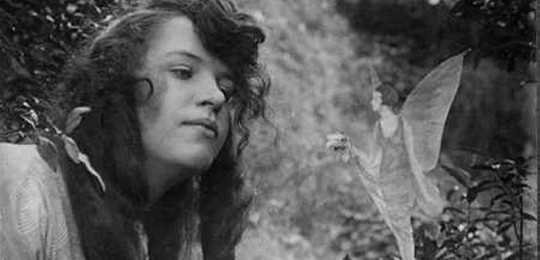It’s not a great start to a literary career. The manuscript of your first novel is lost in the post. Your second, The Mystery of Cloomber, isn’t much of a success, either; it languishes in obscurity and isn’t published in Pall Mall magazine until 1888. By then, however, people were taking an interest in your work because it really was third time lucky. Your third manuscript, published in 1886, cemented your literary reputation forever by introducing to us for the first time, in A Study in Scarlet, Dr John Watson and his friend Sherlock Holmes.
While he was a struggling young doctor in Portsmouth, in 1883, Arthur Conan Doyle wrote his first novel, The Narrative of John Smith. Off he despatched it to a publisher. The manuscript was never seen again. As Conan Doyle remembered years later: “The publishers never received it. The Post Office sent countless blue forms to say that they knew nothing about it, and from that day to this, no word has ever been heard of it.” (Taken from his article “My First Book” in The Idler magazine, 1893.)
Conan Doyle began to rewrite the lost Narrative, but abandoned it in mid-conversation. He was on to higher things. That might have been the end of it. Probably Conan Doyle hoped that was the end of it. In that same article in The Idler, he goes on to say: “My shock at its disappearance would be as nothing to my horror if it were suddenly to appear again—in print.”
Yet his abandoned rewrite did appear in print. The manuscript turned up in one of the 15 cardboard boxes that had been gathering dust in the corner of a London office, while lawyers for the various surviving Conan Doyle heirs argued about to whom the boxes belonged. Two of the boxes went to the British Library under the terms of the will of Conan Doyle’s daughter, Dame Jean Bromet. The contents of the other thirteen went for auction at Christie’s in 2004, despatched thence by the three beneficiaries of Anna Conan Doyle, Sir Arthur’s daughter-in-law; they had inherited her property when she died in 1990. The auction caused a certain amount of brouhaha: protestors campaigned to stop it on the grounds that such a sale might be illegal and would scatter across the world, into the hands of private buyers, a collection of materials that might never be seen again, thus lost to scholarship for ever.
The British Library, however, made a successful bid (£47,800) for Lot 11, Conan Doyle’s incomplete rewritten manuscript of The Narrative of John Smith. In 2011, they published it, around 130 years after it was written.
The trouble is, the novel isn’t very good. The 50-year-old John Smith is confined to his bedchamber after an attack of gout. He has various conversations with visitors on topics ranging from war to religion. That’s it.
It’s interesting, of course, because the book sheds light on the literary development of one of the most widely read authors in the world, but it’s not going to keep you page-turning until midnight.
Still, while it’s always nice to have a lost manuscript partially back in the world, perhaps, on some dark shelf in a sorting office in Southsea (where the youthful Conan Doyle was living when he penned his original oeuvre), the first Narrative of John Smith still awaits discovery.
Get out your blue forms and your lanterns, posties, and take another look? Not very probable but not impossible. Elementary.

